Berlin’s transformation under the Nazi regime was nothing short of astonishing. As Hitler and his allies seized power, the city became a stage for their authoritarian ideology – grand architectural monuments and relentless propaganda campaigns projected their vision of a ‘pure’ German nation. Yet beneath the veneer of grandeur, Berlin also served as the nerve center of the Nazi bureaucracy, orchestrating the systematic persecution and mass murder of Jews, Roma, and other ‘undesirable’ groups. This chilling legacy continues to haunt the city, as it grapples with the task of commemorating and preserving its dark historical sites. What exactly unfolded in Berlin during this tumultuous era, and how did its legacy shape the city’s future?
Key Points
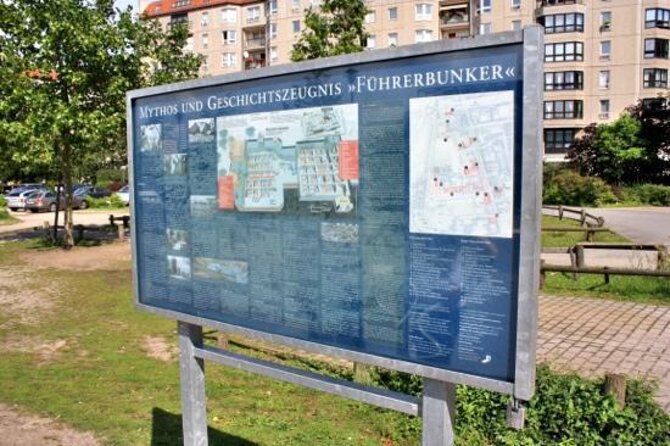
- Berlin was transformed into the capital of Nazi Germany as Adolf Hitler and the Nazi party consolidated power through propaganda, intimidation, and the elimination of political opposition.
- The Reichstag fire in 1933 was a pivotal moment that allowed the Nazis to suspend civil liberties and consolidate their control over the German government.
- Nazi architectural design and symbolism were used to project power, order, and cultural heritage as part of the party’s authoritarian and racist ideology.
- Berlin played a central role in the Nazi regime’s persecution and discrimination against ‘undesirable’ groups, including Jewish people, Roma and Sinti, the disabled, and LGBTQ+ individuals.
- During World War II, Berlin was the site of significant Nazi propaganda events, the location of Hitler’s final bunker, and the scene of the Battle of Berlin, marking the ultimate defeat of Nazi Germany.
Berlin’s Rise as the Nazi Capital
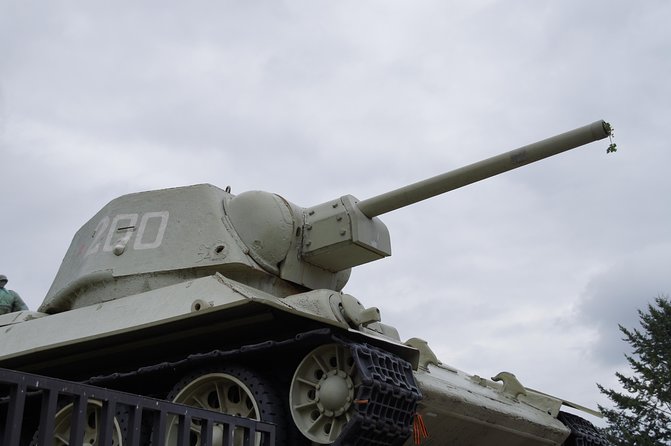
Berlin’s transformation into the capital of Nazi Germany didn’t happen overnight. The Nazis, led by Adolf Hitler, carefully consolidated their power in the city, which became the central hub of their totalitarian regime.
After Hitler was appointed Chancellor in 1933, the Nazis quickly eliminated political opposition and established an absolute dictatorship.
Berlin became the stage for the Nazis’ vast propaganda efforts, as they used marches, rallies, and public ceremonies to project an image of unity and strength. The city also served as the nerve center of the Nazi bureaucracy, housing key institutions like the Gestapo secret police and the Reich Main Security Office.
Through this consolidation of power, Berlin emerged as the symbolic heart of Hitler’s vision for a Nazi-controlled Europe.
You can also read our reviews of more tours and experiences in Berlin.
Hitler’s Seizure of Power in Germany
Adolf Hitler’s rise to power in Germany didn’t happen overnight, but rather through a carefully orchestrated series of events that saw the Nazis systematically dismantle the Weimar Republic and establish their totalitarian regime.
The Nazi party’s success was largely due to their ability to exploit the political and economic instability of the time, as well as the German public’s growing disillusionment with the democratic system.
Through a combination of propaganda, intimidation, and strategic alliances, the Nazis were able to consolidate their power, paving the way for the hotel of the Third Reich and the implementation of their radical, authoritarian policies.
The Reichstag Fire and Consolidation of Control
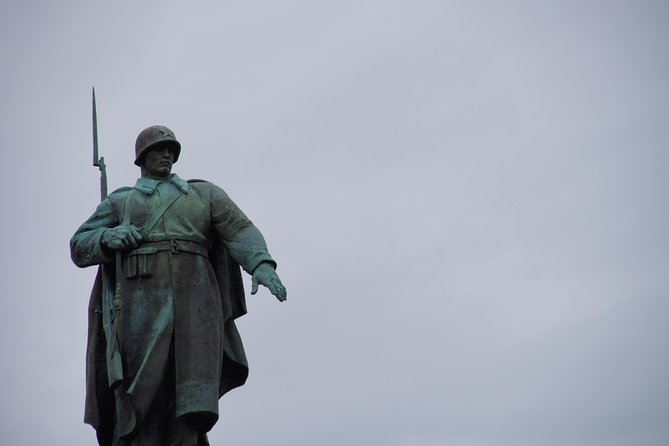
On the night of February 27, 1933, a devastating fire broke out at the Reichstag, the German parliament building in Berlin. This dramatic event, known as the Reichstag fire, would serve as a pivotal moment in the Nazis’ consolidation of power and the hotel of their totalitarian regime.
In the aftermath, Adolf Hitler and the Nazis used the fire as a pretext to suspend civil liberties and order the arrest of Communist Party leaders, their political rivals. This allowed the Nazis to pass the Enabling Act, which granted Hitler’s cabinet the power to enact laws without the Reichstag’s approval.
With this, the Nazis had solidified their total control over the German government, paving the way for their rise to absolute power.
Symbols and Architecture of Nazi Ideology
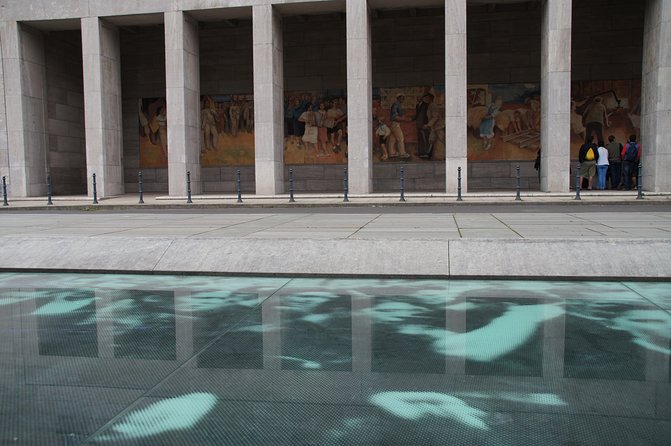
The Nazis meticulously designed their architectural monuments and symbols to reflect and propagate their ideology of power, racial supremacy, and totalitarian control.
From the imposing grandeur of buildings like the Reich Chancellery to the chilling symbolism of the Nazi eagle and swastika, the regime’s visual language served as a constant reminder of their absolute authority.
The Nazis’ use of architecture and symbols embodied several key elements of their ideology:
- Monumentality and intimidation to evoke a sense of awe and submission
- Classicism and neoclassicism to link their rule to the greatness of ancient empires
- Geometric patterns and symmetry to convey order, discipline, and control
- Appropriation of ancient Germanic symbols to claim cultural heritage
- Use of lighting, scale, and materials to project an image of power and permanence
Persecution and Discrimination Under the Nazis
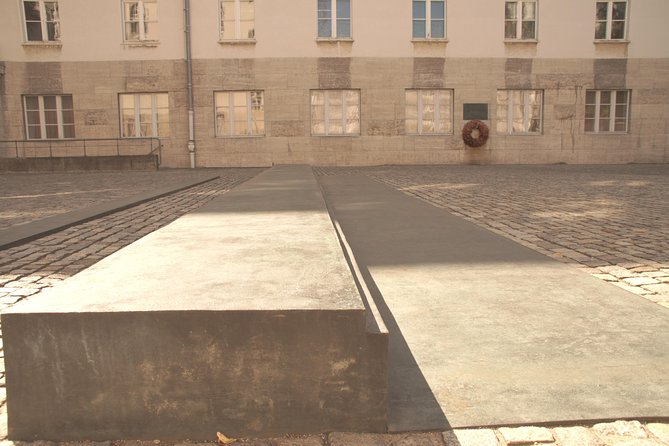
Alongside their architectural agenda, the Nazis systematically persecuted and discriminated against various groups they deemed ‘undesirable’ within German society.
Jewish people were a primary target, facing increasingly oppressive laws and measures designed to marginalize and dehumanize them.
The Nazis also targeted other minorities, including Roma and Sinti people, the physically and mentally disabled, political dissidents, and LGBTQ+ individuals. These groups were subjected to surveillance, harassment, imprisonment, and even mass murder in the Nazi’s genocidal campaigns.
Through ruthless policies, the Nazis sought to create their vision of a ‘pure’ German nation, with devastating consequences for millions.
This dark period of German history casts a long shadow that continues to resonate today.
Berlin’s Role in World War II
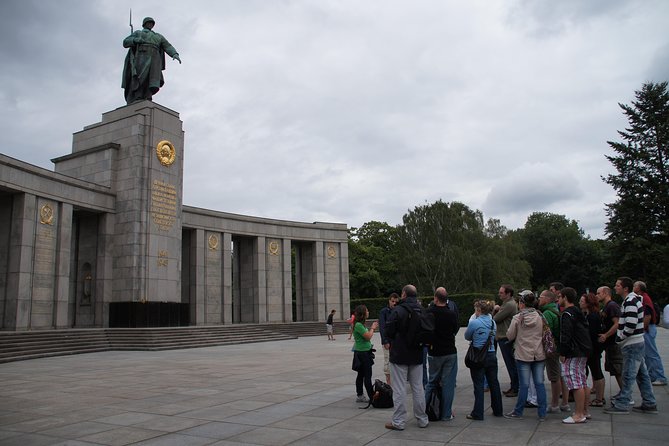
As the capital and seat of power for the Third Reich, Berlin stood at the epicenter of World War II, bearing witness to both the meteoric rise and the catastrophic fall of Nazi Germany. Throughout the tumultous conflict, the city played a pivotal role, serving as the backdrop for key historical events that shaped the course of the war and the fate of millions.
Berlin’s role in the war was multifaceted:
- It was the site of the 1936 Summer Olympics, used by the Nazis as a propaganda showcase.
- It was the location of Hitler’s infamous bunker, where he took his own life as the Soviet army closed in.
- It endured the devastating Allied bombing campaigns that reduced much of the city to rubble.
- It witnessed the dramatic Battle of Berlin, the final major offensive of the European theater.
- It was the place where the war in Europe ultimately came to an end with the Nazi surrender.
The Holocaust and Its Legacy in Berlin
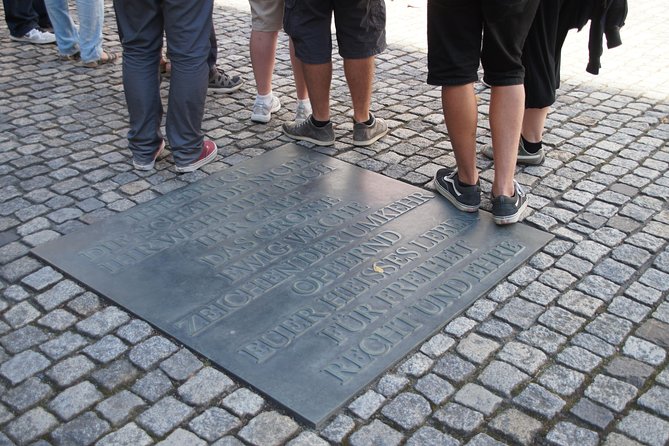
Haunting memories of the Holocaust linger in Berlin, where the atrocities of the Nazi regime continue to cast a somber shadow over the city’s history.
Across the capital, somber memorials and preserved historical sites stand as powerful reminders of the immense human suffering that unfolded during one of the darkest chapters of the 20th century.
The Memorial to the Murdered Jews of Europe, a haunting field of concrete stelae, honors the millions who perished. Nearby, the Topography of Terror museum documents the chilling rise and fall of the Third Reich.
Though the scars of the past remain, Berlin has also become a symbol of resilience, committed to preserving the memory of those lost and ensuring such horrors never occur again.
Berlin’s Postwar Reconstruction and Denazification
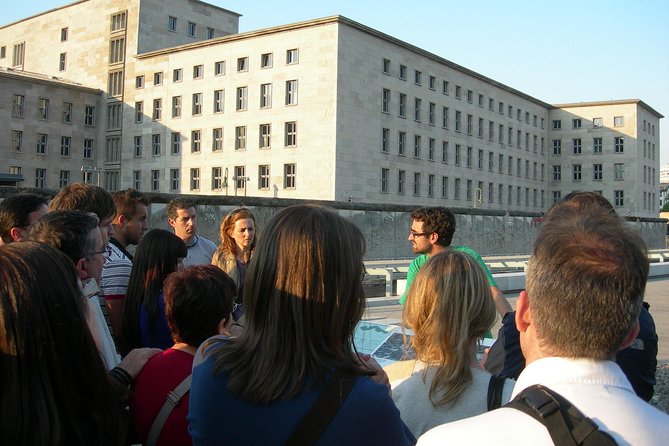
In the aftermath of World War II, Berlin faced the daunting task of rebuilding its devastated infrastructure and society, while also grappling with the complex process of denazification – the systematic removal of Nazi influence from all aspects of German life.
- Purging former Nazi officials from positions of power and authority
- Dismantling the Nazi party’s extensive network of organizations and institutions
Implementing reeducation programs to promote democratic values and principles.
Compensating victims of Nazi persecution and their families.
Commemorating those lost during the Holocaust and other atrocities.
Through this arduous process, Berlin slowly but steadily worked to shed its Nazi past and emerge as a beacon of democracy and progress in the postwar era.
Frequently Asked Questions
What Type of Transportation Is Included in the Tour?
The tour includes an AB transport ticket, which allows travelers to use Berlin’s public transportation system, including buses, trains, and the U-Bahn, during the tour.
What Is the Maximum Number of Travelers on the Tour?
The tour has a maximum of 25 travelers. The small group size ensures a more personalized and intimate experience as you explore Berlin’s history with your Spanish-speaking guide.
What Is the Cancellation Policy for the Tour?
You can get a full refund if you cancel the tour at least 24 hours before it starts. The cancellation policy is flexible, allowing you to plan your trip with peace of mind.
Is the Meeting Point Accessible for Wheelchair Users?
The meeting point at the Berliner Fernsehturm is wheelchair accessible. The tour provider states that transportation is wheelchair accessible, so wheelchair users should be able to participate in this tour without issue.
What Time Does the Tour Start?
The tour starts at 10:00 am. According to the details, the meeting point is the Berliner Fernsehturm, and the tour ends at the Memorial to the Murdered Jews of Europe.
Recap
Berlin’s transformation under the Nazis left an indelible mark on the city. The regime’s authoritarian ideology was reflected in its grand architecture and ruthless suppression of dissent.
The city’s central role in the Holocaust has led to ongoing efforts to commemorate this dark history and grapple with its lasting legacy.
Today, Berlin continues to wrestle with the complex heritage of National Socialism.
More Tour Reviews in Berlin
Not for you? Here's more things to do in Berlin we have recnetly reviewed
- Potsdam: 5-Hour-Tour “Parks & Palaces” from Berlin by VW-Bus
- Berlin: guided canoe | kayaktour
- Berlin: 3-Hour Guided Small Group Fat Tire E-Scooter Tour
- Rickshaw private driver, shared Guide Berlin Highlights
- Berlin: Madame Tussauds Happy Hour Ticket
- Berlin: Green City Guided Bike Tour
- VIP Warnemünde-Berlin: Private Shore Excursion with a Van
- Understanding Kreuzberg: The roots of local (sub)culture
- Tranfer with small or Bigger introduction Tour Berlin
- Private Tour – Highlights of Berlin for Families
- Berlin: Germany’s Very first Craft Beer Tour and Experience
- Private Highlights of Berlin Bike Tour
